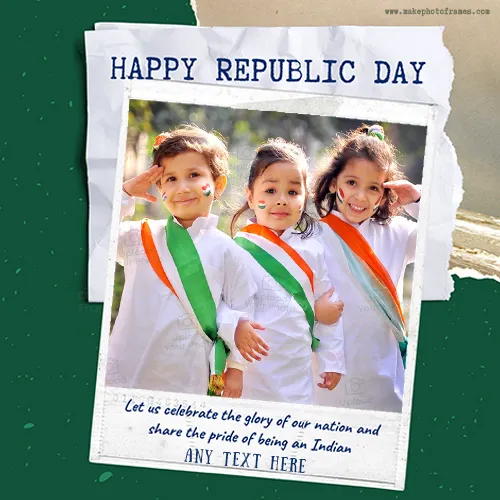
Table of Contents:
- Introduction
- What is Republic Day?
- What is Independence Day?
- Historical Significance
- Key Differences Between Republic Day and Independence Day
- How India Celebrates These National Holidays
- Conclusion
Introduction
India is a land of rich cultural heritage and historical milestones. Among the most significant national holidays are Republic Day and Independence Day. While both days hold immense patriotic value, they commemorate distinct events in the nation’s journey to sovereignty and democracy. Understanding the differences between these two iconic celebrations enhances our appreciation of the struggles and achievements that define India today.
What is Republic Day?
Republic Day is celebrated every year on January 26th. It marks the day in 1950 when the Constitution of India came into effect, transforming India into a sovereign, socialist, secular, and democratic republic. This historic day signifies the transition from British dominion to a fully independent and self-governing nation.
Key Highlights of Republic Day:
- Adoption of the Indian Constitution on January 26, 1950
- Establishment of India as a republic
- Celebrated with grand parades, cultural performances, and the President’s address
What is Independence Day?
Independence Day is observed on August 15th every year. It commemorates India’s freedom from British colonial rule on August 15, 1947. This day honors the sacrifices of freedom fighters and the collective struggle that led to India’s emergence as a free nation.
Key Highlights of Independence Day:
- Marks India’s freedom from British rule on August 15, 1947
- Symbolizes national pride and freedom
- Celebrated with flag-hoisting ceremonies, speeches, and cultural events
Historical Significance
While both days are deeply rooted in India’s fight for sovereignty, they mark different phases of this journey:
- Independence Day signifies the end of colonial oppression and the birth of a free nation.
- Republic Day signifies the beginning of a democratic governance system with a constitution that ensures the rights and duties of every citizen.
Key Differences Between Republic Day and Independence Day
| Feature | Republic Day | Independence Day |
| Date | January 26th | August 15th |
| Year of Inception | 1950 | 1947 |
| Significance | Adoption of the Indian Constitution | Freedom from British Rule |
| Celebration | Grand parade at Rajpath, New Delhi | Flag-hoisting at Red Fort |
| Chief Guest | Invited foreign dignitary | Prime Minister’s speech |
| Theme | Democracy, Constitution, Unity | Freedom, Sacrifice, Patriotism |
How India Celebrates These National Holidays
Both Republic Day and Independence Day are marked by patriotic fervor across the country, but the nature of the celebrations differs slightly:
Republic Day Celebrations:
- Grand Parade: The centerpiece of the celebrations is the Republic Day Parade at Rajpath, New Delhi, showcasing India’s military strength, cultural diversity, and technological advancements.
- Presidential Address: The President of India delivers a speech, and brave citizens receive gallantry awards.
- Tableaux Display: Various states present elaborate tableaux reflecting their cultural heritage.
Independence Day Celebrations:
- Flag Hoisting: The Prime Minister hoists the national flag at the Red Fort.
- National Address: The Prime Minister delivers a speech reflecting on the nation’s achievements and future goals.
- Cultural Events: Schools and communities organize cultural performances, parades, and kite-flying.
Conclusion
Both Republic Day and Independence Day are pillars of India’s national identity, each reflecting a unique chapter of the nation’s journey. Independence Day celebrates the hard-won freedom from colonial rule, while Republic Day marks the birth of a democratic republic governed by a constitution. Together, they remind us of our shared heritage, the value of democracy, and the collective responsibility to uphold the ideals of justice, liberty, equality, and fraternity.
